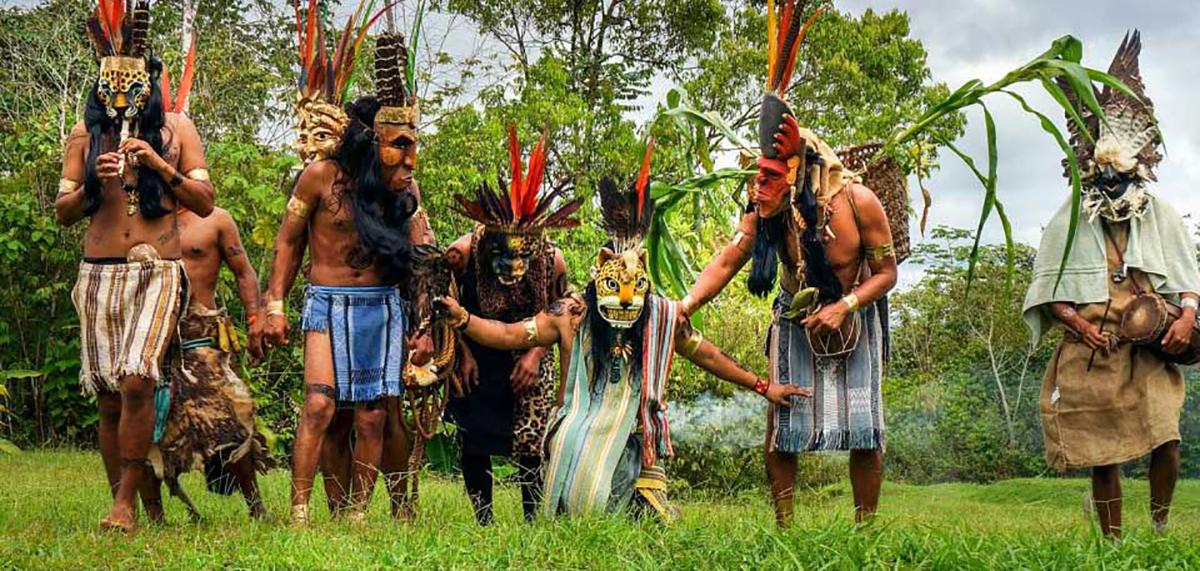Guanacaste History
Before the arrival of the Spaniards, the area was inhabited by Indians known as Chorotega, whose culture comes from Mesoamerica and had emigrated south from Mexico. When Hernán Ponce de León and Juan de Castañeda sailed into what is now known as the Gulf of Nicoya on the last leg of their exploratory voyage from Panama, the name of the regional chieftan was Nicoya. Thus, the origin of the name of both the gulf and the peninsula.
When Christoph Columbus arrived in Costa Rica, there were four big native tribe groups: The Caribs who lived on the east coast, the Borucas, Chibchas, and Diquis who stayed at the southwest, the largest group of peope called the Chorotegas is originally from Mexico. With the beginning of the sixteenth century, and the Conquering of the Spanish in the Penisula de Nicoya the cultural influence began. The country was affected by European influences. Although 3 million immigrates were from Spain, many families arrived from different regions of Europe, Asia, Africa and Central America. The first Africans who arrived in Guanacaste came through the Catholic Church, later some Pirates who had missed the continuation of their ships journey when they were looking for sweet water, arrived on the Beach Coco.
During the first two decades of the Spanish Conquest in this region, the invaders established a lucrative trade: the sale of human slaves to Panama and Peru. This activity, together with untold deaths resulting from disease, decimated the local population.
Spanish settlement of Guanacaste was slow since most of the colonization from 1563 onwards was concentrated in the Central Valley and there was very little native labor force left in the lowlands to be employed in farming activities. The Spaniards brought in zambos, a mixed race of escaped black slaves and indigenous people from eastern Nicaragua and Honduras, to help work the haciendas in Guanacaste, but the population was too low to sustain much agricultural production. So, cattle ranching developed as the most common activity in the region.
In the 1500’s and 1600’s, the primary revenue from cattle ranching was the sale of leather and fat to merchants in Panama. By the 18th century, a market for beef existed in Guatemala, but this meant a long and difficult cattle drive from the faraway ranches in Costa Rica. Nevertheless, ranching has persisted to the present day.
During colonial times, Guanacaste did not actually form part of the province of Costa Rica, but instead pertained to Nicaragua. Shortly after the nations in the region gained their independence from Spain in 1821, the residents of the communities of Nicoya, Santa Cruz, and Cañas decided that they preferred to become part of Costa Rica and announced their annexation on July 25, 1825. This date is commemorated by a government holiday, even though it was not until 1858 that the change in boundary lines was officially recognized and agreed upon.
A region steep in culture, the name Guanacaste dates back to the middle of the 17th century, it is derived from the word quahnacaztlan, which is a naticve word for the guanacaste tree, native from this region and also, the national tree of Costa Rica. The cultural heritage originates from the first indigenous groups that populated the area around 10,000 years ago.
The other agricultural products of relative importance in the province are sugar cane and cotton, and since the late 1980’s, with the creation of a large-scale irrigation program, rice has become a prominent crop. Tourism is currently the region’s most lucrative activity since Guanacaste is blessed by having many of the country’s most beautiful beaches.
The Guancaste region is bordered by two mountain ranges. The Cordillera de Tilarán and the Cordillera de Guanacaste provide splendid craggy backdrops to some of the country’s most beautiful countryside. There are also several towns worth visiting, notably Sámara and Nosara. While a few of the beaches are found up and down the coast. Playa Barrigona and Playa Avellanis are two such beaches that offer something not many beaches do ‒ solitude. With their white sand and crystal clear water, they will draw you in and keep you there.



